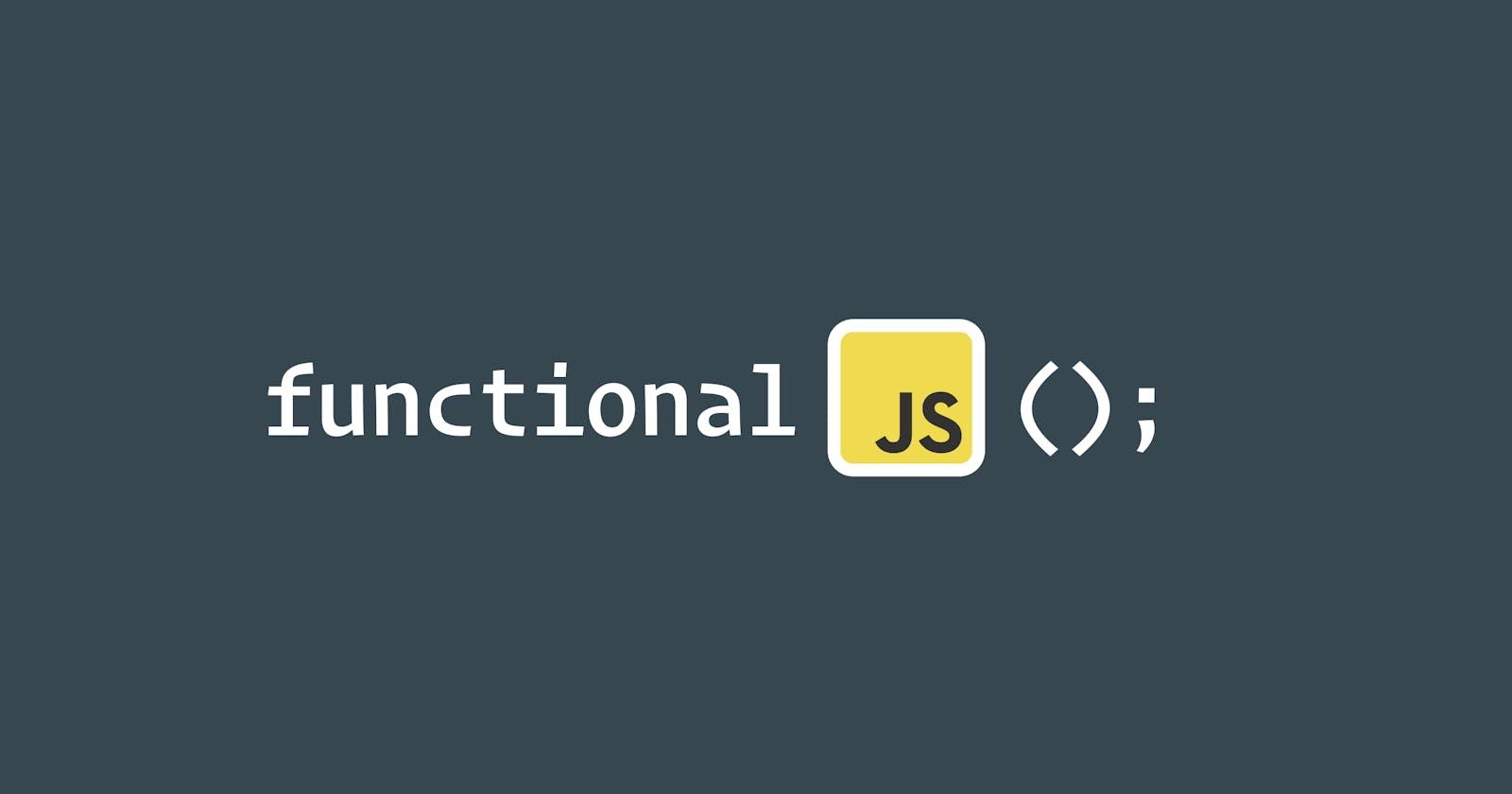Table of contents
No headings in the article.
The functional programming paradigm is a way of writing code that revolves around functions as the primary building blocks of computation. In this programming style, functions behave much like mathematical functions: they take inputs and produce outputs without causing any changes to the external state or relying on variables that can be modified elsewhere in the program. As a powerful language, JavaScript also follows its functional paradigm. Among them, two of the most important are Pure Functions and Currying.
Let's break down the concepts of two core functional programming concepts according to the principle of JavaScript shortly in today's discussion:
Pure Functions: Imagine a function as a kind of cooking recipe: we give it some ingredients (inputs), and it gives us back a dish (output). Now, a pure function is like a recipe that always makes the same dish with the same ingredients, no matter how many times we cook it. These functions always return the same output for the same input and have no side effects, meaning they don't modify anything outside their scope. This predictability makes them easier to understand, test, and reason about. Pure functions don't modify variables outside their scope or rely on external states, which leads to more maintainable and bug-resistant code.
function sum(a, b) {
return a + b;
}
In this example provided, we can see that this return statement depends on the value provided and it will always return the same value we provide as argument.
Currying: Let me tell you an interesting story first before going to the explanation of Currying in JavaScript. Once upon a time, in a bustling bakery called "The Curry's Confections," there was a master baker named Curry. Curry was famous for his magical ability to transform ordinary ingredients into delectable treats. One day, a customer named Joe approached Curry with a special request. Joe wanted a custom-made cake with layers of different flavors: chocolate, vanilla, and strawberry. But Joe had a problem – he couldn't decide on the exact proportions of each flavor. Curry, being the ingenious baker that he was, had a brilliant idea. Instead of making one cake with fixed flavors, he decided to create a series of smaller cakes, each with a single flavor. This way, Joe could mix and match the cakes to his heart's content. Curry started by making individual cakes: a chocolate cake, a vanilla cake, and a strawberry cake. Each cake took only one flavor as input and produced a delightful treat. As Joe tasted each cake, he realized he wanted more of some flavors and less of others. So, Curry took his magic wand (or in our case, JavaScript), and transformed each cake into a special kind of function – a unary function that took only one argument: the amount of flavor Joe desired. Now, Joe could mix and match these flavor functions to create his perfect cake. He could take a slice of chocolate, add a dollop of vanilla, and top it off with a hint of strawberry – all by simply calling each flavor function with the desired amount. Thus, through the magic of currying, Curry not only satisfied Joe's sweet tooth but also showed him the power of partial application. By breaking down the complex task of baking a custom cake into smaller, more manageable functions, Curry made it easy for Joe to create his masterpiece. And so, Joe left "The Curry's Confections" with a smile on his face and a cake that was truly his creation, thanks to the clever technique of currying in JavaScript.
So this is what is all about Currying in JavaScript. Currying is a technique where a function with multiple arguments is transformed into a series of unary functions, each taking a single argument. This facilitates partial application, allowing you to create specialized versions of functions by fixing some of their arguments. Currying plays a crucial role in function composition and building reusable abstractions. More shortly, It's the process of converting a function that takes multiple arguments into a sequence of functions that each take a single argument.
const sum = (a) => (b) => a + b;
const add = sum(2);
console.log(add(3)); // Outputs 5
In conclusion, Functional programming, altogether embraced for its clarity and modularity, offers a paradigm shift in software development. By prioritizing pure functions and immutability, code becomes predictable and easier to maintain. This approach promotes scalability, as systems grow without sacrificing readability. In JavaScript, functional programming finds its place in web development, especially with frameworks like React and Redux, streamlining UI development and state management. Moreover, its principles aid in data processing tasks, where functions act as building blocks for transformations. The functional approach also shines in concurrency, where side-effect-free code enables easier parallelization for improved performance. Interoperability is another strength; functional techniques blend seamlessly with other paradigms, enhancing adaptability. Supported by robust libraries like Lodash, functional programming simplifies common tasks while encouraging reusability. Overall, its holistic benefits, from better error handling to fostering a thriving ecosystem, underscore its relevance in modern software engineering, empowering developers to craft resilient, scalable solutions with elegance and efficiency.
